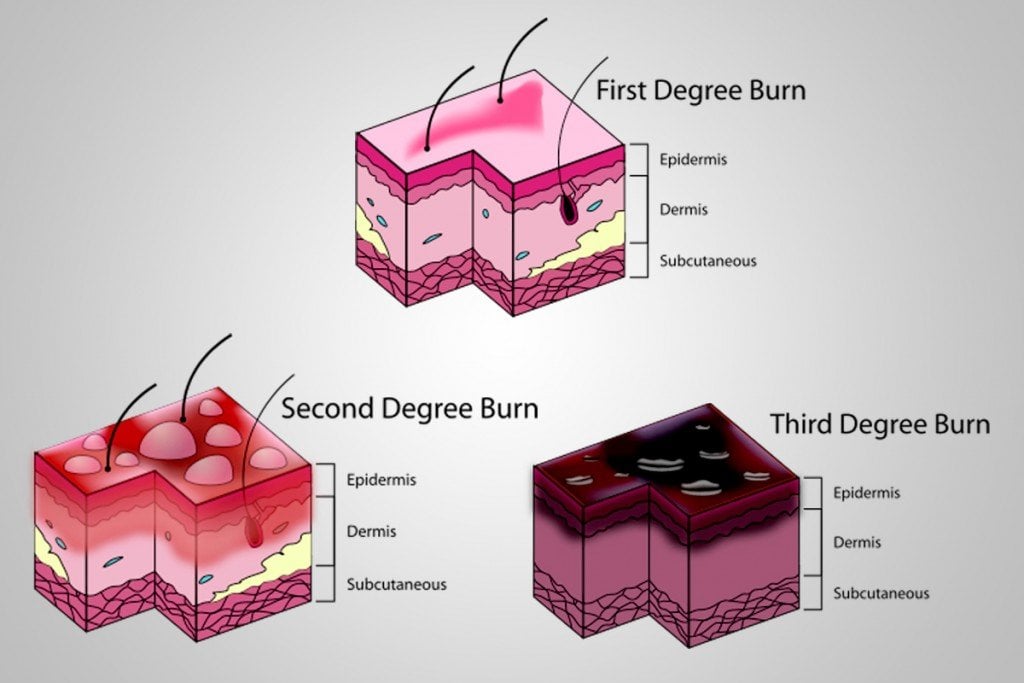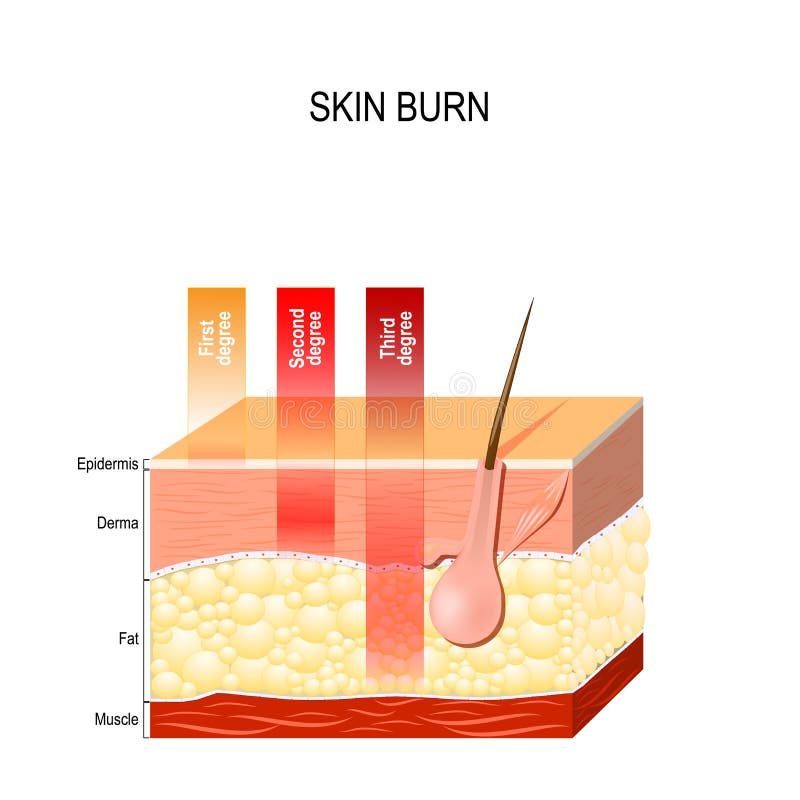
However, one of the biggest and most often overlooked types of injuries that can be compensated if caused by the negligence of another is burn injuries. Learn more about the Burn and Reconstructive Center at Swedish Medical Center.When most individuals think of personal injury, they often think of car accidents, slip and fall accidents, and product liability. This outpatient center offers a variety of advanced treatments and therapy options for patients of any age with any type of burn injury and is open five days a week for both scheduled and walk-in appointments. In addition to our specialized inpatient burn unit, Swedish also provides burn care through our outpatient burn clinic. With two dedicated operating rooms, a burn intensive care unit, specialty pediatric intensive care unit (PICU), and dedicated staff trained in the care and management of burn injuries, we provide high quality, advanced burn and reconstructive care. Swedish Medical Center is proud to be one of the only Level 1 Trauma Centers with a dedicated burn unit in south metro Denver. The physicians and staff have undergone specialized training in burn treatment and have access to technology and treatments that are not available at all care facilities. The importance of a burn centerīurn centers are designed to meet the specific needs of patients with serious burns. For burns that are third-degree and higher, it is important to find care from an experienced team of burn specialists to properly prevent infection, reduce scarring and keep function. If possible, raise the burned area higher than the heart and seek emergency care. For these more significant burns, do not remove any clothing that may be stuck to the burn and do not put ice, lotions, ointments, or sprays on the burn. Burns that require care from specialists may appear dry, leathery and be white, black, brown, or yellow in color.

If the burn is more than three inches, is covering the hands, joints or face and there is little to no pain, seek emergency care. However, if your second-degree burn is on the face, hands, buttocks, groin, or feet, seek medical help. Most first and second-degree burns heal on their own within a few weeks. Watch the area for signs of infection and keep it clean, dry, and protected. If a blister does break, wash the area with mild soap and water and cover with a dry, sterile dressing until healed. Take care not to break any blisters as they protect against infection. For these burns, we recommend removing anything that is tight in the area, such as rings, as the area may continue to swell.
#2nd 3rd 1st degree burn skin#
If your skin has blistered, you likely have a second-degree burn, which often can be treated at home as well.

These burns affect all layers of skin and often damage nerve receptors, so the burned person does not feel pain.
#2nd 3rd 1st degree burn how to#
But it is important to know how to successfully treat burns at home and how to decide if you need help from a burn expert. Often, burns are minor and can be treated at home without the need for a visit to the doctor or emergency room (ER). From the sun and hot cement in warm seasons to the kitchen and fireplaces in the cooler months – burns happen anywhere, anytime.


 0 kommentar(er)
0 kommentar(er)
